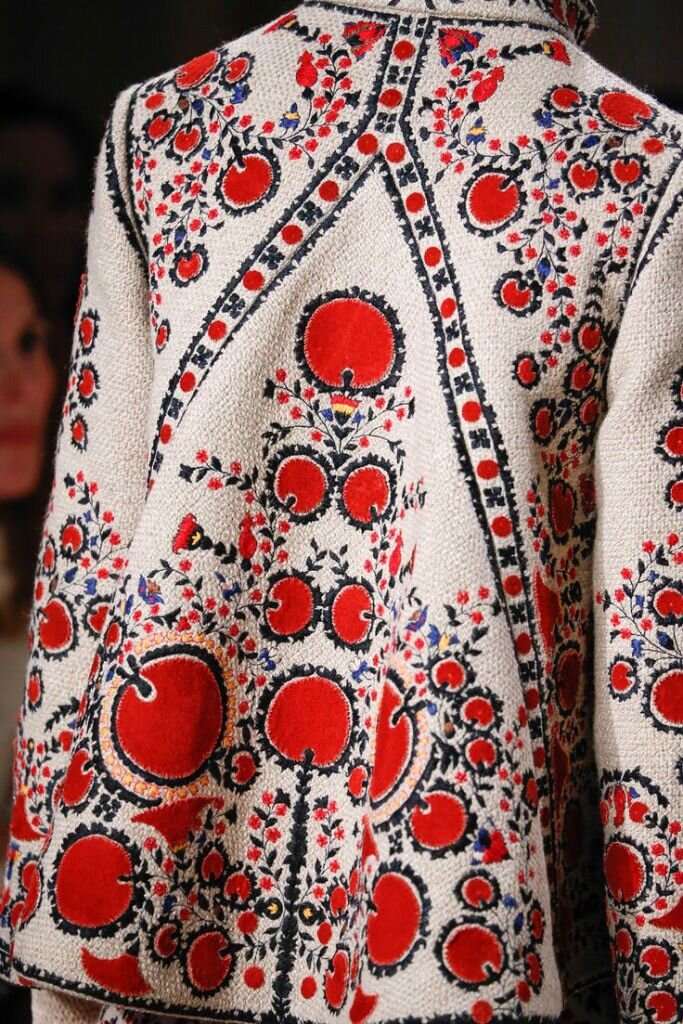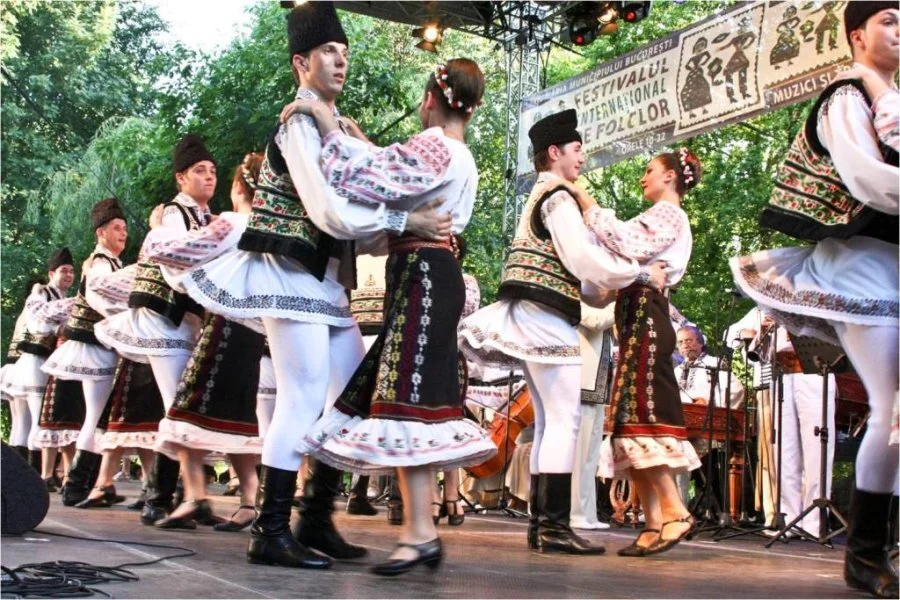Fernweh~5: Bulgaria
fernweh
/ˈfɛʁnveː/
farsickness or longing for far-off places
In this entry of Fernweh, we are going to explore the Bulgarian culture. As I have lived, and am currently living, in a geographical place pretty close to Bulgaria, I can count the many instances I was lucky enough to experience the Balkan traditions. In this region, the folk tales are still narrated by the elders to the next generations in crowded family dinners as if they happened--or fantasized to have happened--in the recent past, and the traditional clothes are worn not because they belong to history but because they are a part of daily life.
The traditions are so integrated into the present that when I was visiting Macedonia for the Balkan Youth Folk Dances Festival--yes, that is a thing here-- dancers like me wore traditional garments because they were a part of the required getup, but most surprisingly, some of the audience members also wore other traditional outfits.
Last quarter in my humanities class (reading cultures, if you are wondering), when a friend of mine from the Balkans made a presentation about the importance of a traditional shirt transferred from generation to generation in his family, once again, I was filled with admiration. So, what’s so different about this entry of the series is that the culture I will discuss is not preserved like amber within the modern designs, but it continues to breathe life every day.
Image via
Traditional Clothing
Many civilizations left their traces in the Bulgarian culture throughout history, including, but not limited to, Ancient Greeks, Romans, Slavs, and Turks. These interactions resulted in different ethnic articles of clothing that are spread across the borders of Bulgaria. It is not unlikely to see a diverse spectrum of ethnic costumes with lots of common-ground elements. That also represents how the Bulgarian territory is a host to many different communities. The traditional garments, narodna nosia/nosija, therefore are an expression of the identities of these communities.
Image via
The traditional clothes were hand-made by the Bulgarian females in the villages up until the beginning of the twentieth century. Learning to embroider was an essential skill, as the motifs in the costumes were used to identify the region and the village. The motifs were heavily influenced by the Pagan beliefs, such as bad luck of symmetrical shapes. Therefore, most of the costumes included intentional removals of symbols and cuts on the fabric. Each costume with its own design conveyed a message or a pleasant wish from the costume's embroiderer to the owner or a bystander.
Female costumes consisted of dresses and aprons. The number of aprons in a female costume was an indicator of the region of the maker. Also, different head garments and accessories were designed in consideration of the family and the village. Moreover, on top of the costume, women wore an overcoat called saya. Most of the identification of the embroidery was understood by looking at this part of the costume.
Image via
Male costumes consisted of pants, shirts, and vests. The differences between male outfits were due to the color of the upper coat. As the male costumes were much simpler than the female ones, the garments' shades varied between black and white, each indicating a different region of Bulgaria.
Present Day
As I mentioned earlier, the traditional costumes of Bulgaria are still in-use by the current Bulgarians. During Festivals, other important dates, family events, and more, it is possible to encounter people who wear their ethnic outfits.
However, one thing that is worth mentioning is that the traditional motifs of the Bulgarian costumes are in great demand by the fashion industry. Even though there are not many well-known Bulgarian fashion brands, Valentino’s 2015 collection displays the influential power of Bulgarian traditional styles on current fashion trends.
Thumbnail image via
















